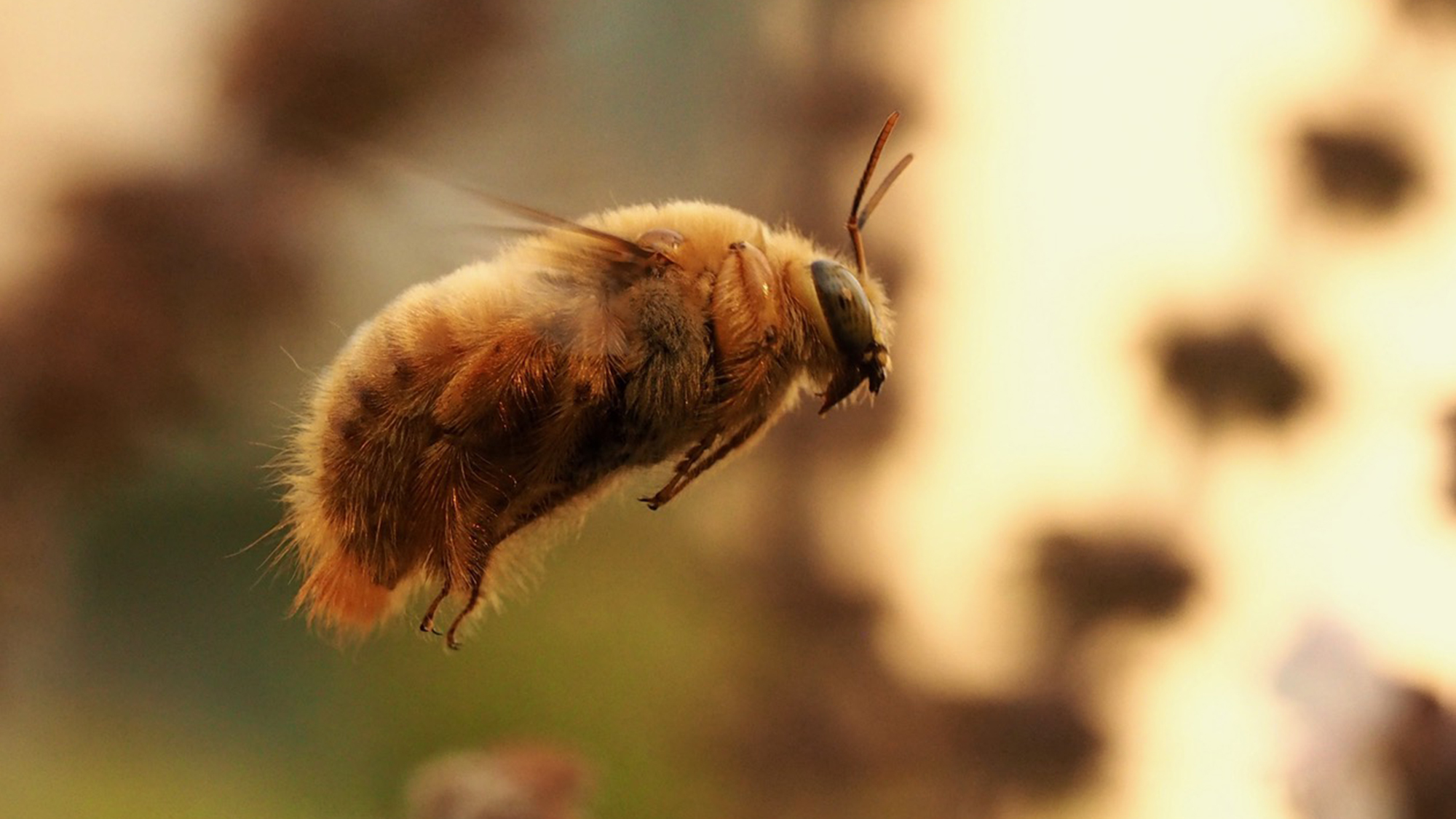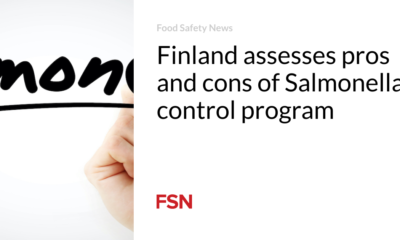Technology
Our pest control kills the bees

New research into the link between bee deaths and pesticides increases calls for alternative pest control methods. This is evident from a peer-reviewed study published in Nature Sustainability According to researchers at the University of Southern California Dornsife, wild bee sightings in the US have dropped by as much as 43% in areas with high pesticide use, compared to areas where no pesticides are used.
While data is mixed on the status of the more recognizable honey bee, which was brought to America by European settlers in the 17th century, The decline of native pollinators is evident; About a quarter of wild bee species are “threatened and at increasing risk of extinction,” one said Study from 2017 by the nonprofit Center for Biological Diversity, which cited habitat loss and pesticide use as the top threats, along with climate change and urbanization.
To better understand the interactions between pesticides and native bees, the USC researchers analyzed 178,589 observations of 1,081 wild bee species, drawing on museum data, ecological surveys and community science data, as well as government pesticide surveys at the country and provincial levels. For wild bees, the researchers found that the “negative effects of pesticides are widespread” and that increased use of two common pesticides, neonicotinoid and pyrethroid, “is a major driver of changes in occupancy rates in hundreds of wild bee species.”
The study points to alternative pest control methods as a means to protect pollinators and the crucial role they play in ecosystems and food systems. Such alternatives include controlling pests with natural enemies and using traps and barriers before resorting to pesticides.
Some research suggests that competition for honey bee pollen is harmful to native bees, but the new USC study found no significant link there, with lead researcher and USC professor of biological sciences and quantitative and computational biology Laura Melissa Guzman acknowledging that more research is needed to make this clear. a backup of.
‘Although our calculations are sophisticated, much of the spatial and temporal data is coarse’ Guzman acknowledged in a university press release. The researcher added: “We plan to refine our analysis and fill in the gaps as much as possible.”
High pesticide use is also harmful to humans. The EPA has found that some pesticides – particularly organophosphates and carbamates – can affect the body’s nervous system, while others can affect the endocrine system. All around 1 billion pounds of pesticides are used annually in the U.S., according to a 2017 Ohio-Kentucky-Indiana Water Science Center study. Consumer Reports reported this in April that it found risky levels of pesticides in 20% of products in the US













